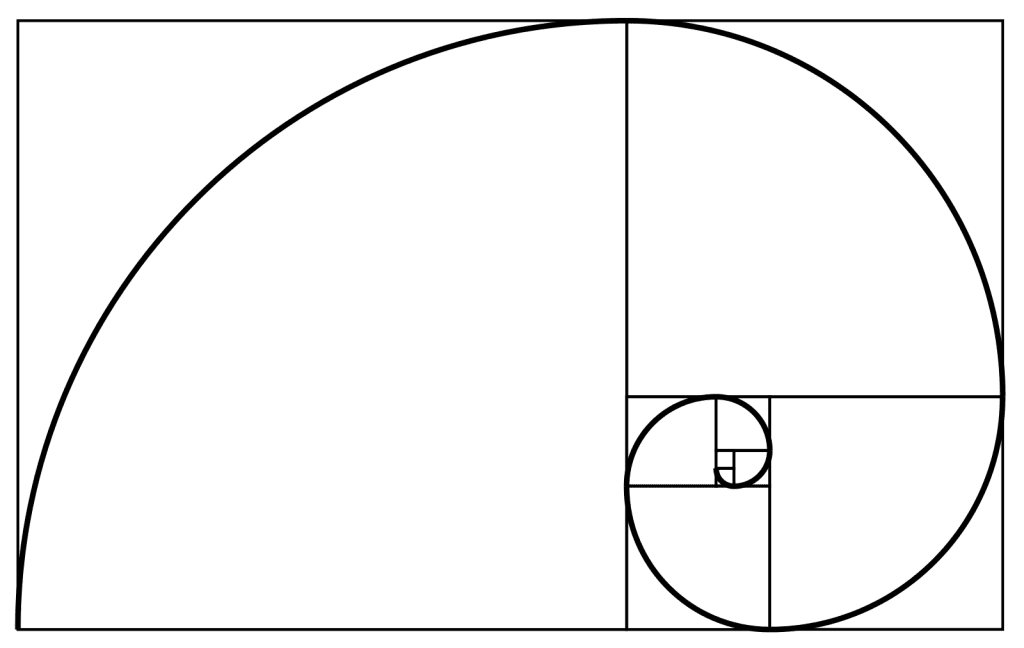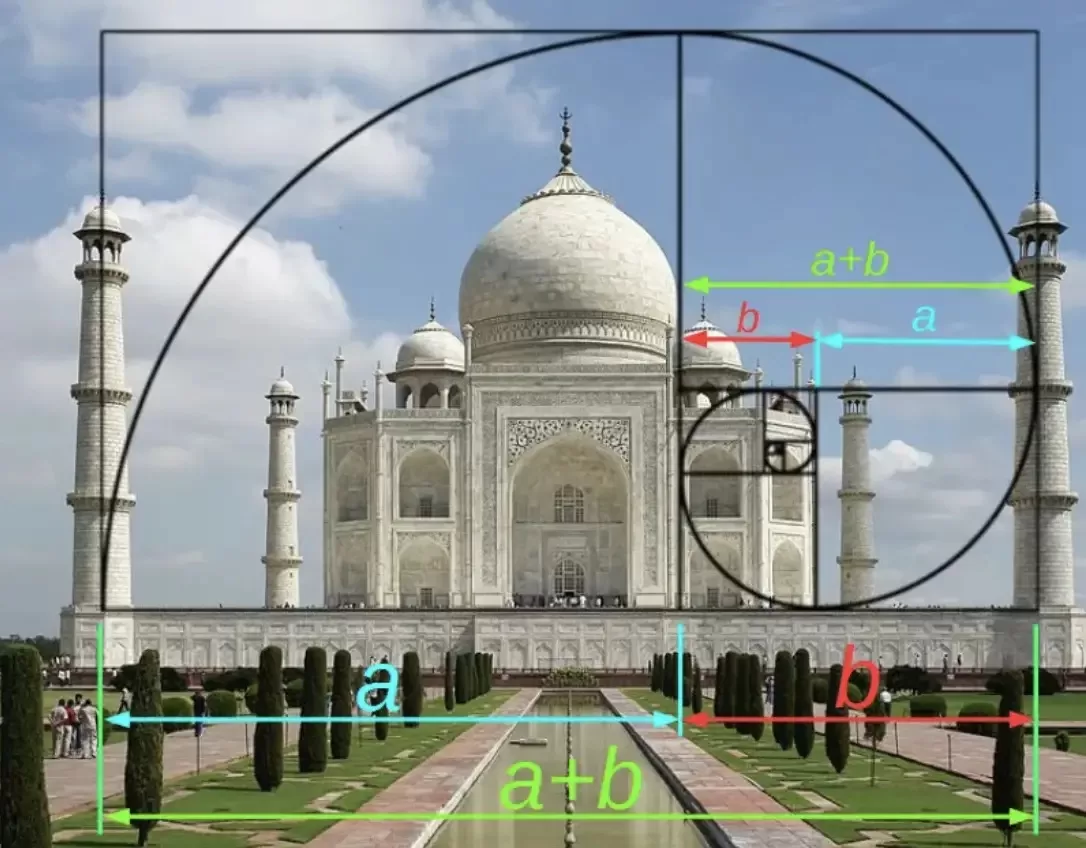Week 2: Math & Art
As a STEM student, I have been exposed to almost all the topics discussed this week. After watching Professor Vesna’s lecture on mathematics, the discussion of the golden ratio caught my attention. It is astonishing to see such a simple concept as the golden ratio have such significant historical importance.
 |
Figure 1: The golden ratio. The golden ratio is mathematically described as the ratio 1:1.618. |
After doing some research on the golden ratio, I found that this ratio not only plays a significant historical role but also appears in nature; and nature is, in itself, full of art. The editorial team at The Artist describes this ratio as “a proportion that is aesthetically pleasing to the human eye” (The Artist). A great example of the golden ratio's significance in art is Leonardo Da Vinci’s “The Last Supper” painting. The importance of the golden ratio is underscored by the fact that during the Renaissance, “artists even believed it had spiritual, Biblical significance” (Lesso). This demonstrates that mathematics and art coexist and overlap in our lives.
 |
Figure 2: "The Last Supper" painting by Leonardo Da Vinci. The colorful added boxes are to show the use of the golden ratio in this painting. |
Focusing more on Da Vinci’s “The Last Supper,” one can see that Da Vinci used this golden ratio in many areas of the painting. The proportion of the free space to the people, the columns to the walls, and the edges of the ceiling to the gutters, etc., are very pleasing to the eye, and this could very well be due to Da Vinci’s use of the golden ratio. Whether or not Da Vinci used this ratio intentionally is another question, but for now, we can appreciate that this masterpiece was created using art combined with mathematics.
Upon further investigation, the golden ratio has also been used in architecture. The golden ratio is relevant in architecture because it has historically provided “a sense of visual harmony and proportion” (Rathi). The Taj Mahal is one of the greatest examples of the golden ratio being used in architecture.
 |
Figure 3: Golden ratio and its significance in architecture. This image shows the golden ratio being followed by the architects of the famous Taj Mahal. |
I had a lot of fun learning about the overlap of math and art this week. I believe that math is inherently artistic and art is inherently mathematical. While the two are not the same, they each include a piece of the other, which is what makes them beautiful. After all, “there is much symmetry, geometry, and measurement involved in creating beautiful art.” (Glydon)
References:
Editorial, The Artist. “The Harmonious Relationship between Mathematics and Art.”
Glydon, Natasha. “The Mathematics of Art - Math Central.” Math Central,
Lesso, Rosie. “What Is the Golden Ratio and How Does It Apply to Art?” The Collector, 22 Mar. 2023,
Rathi, Kiran. “Golden Ratio in Architecture: Crafting Beauty in Proportions.” The Architects Diary,
Vesna, Victoria. “Mathematics-Pt1-ZeroPerspectiveGoldenMean.mov.” YouTube, 9 Apr. 2012,
Hi Amin!
ReplyDeleteI really enjoyed your insights and reading about the golden ratio. It is very cool to see how the golden ration bridges mathematics and art. This ratio can not only be found in nature, but it has been a cornerstone in art of previous eras and modern art as well as architecture. Your examples of the "Last Supper" and the Taj Mahal are very striking to read about. I also noticed that the golden ratio can be found in the "Mona Lisa" as well as the Sistine Chapel ceiling. It seems that many Renaissance artists employed math in their art to make it more aesthetic and appealing to the masses!